
Renault Captur 4x4 (2013-2019) interior, tech and comfort
.jpg)
- Funky interior to match stylish exterior
- Not the last word in premium-feel quality
- 2017 updates helped address lack of premium feel
Like most small SUVs, the Captur has a slightly elevated driving position along the lines of an off-roader. Visibility is generally very good, although the chunky windscreen pillars can make life difficult in long corners.
The cabin is styled with similar flair to the exterior, with an uncluttered feel and a large, clean centre console housing the infotainment display screen and air-conditioning controls. Plastics used for the dashboard and along the top of the doors are hard but nicely textured and feel durable, although Renault uplifted the quality of the touchpoints as part of the 2017 facelift. For the 2020 model that’s coming, this will significanrtly further lifted.
Custom graphics and colour schemes are available for the steering wheel, vent surrounds, glovebox and centre console so customers can personalise their car. An engine start button is standard fit and a proper conventional handbrake lever is fitted, rather than the increasingly fashionable electric button arrangement.
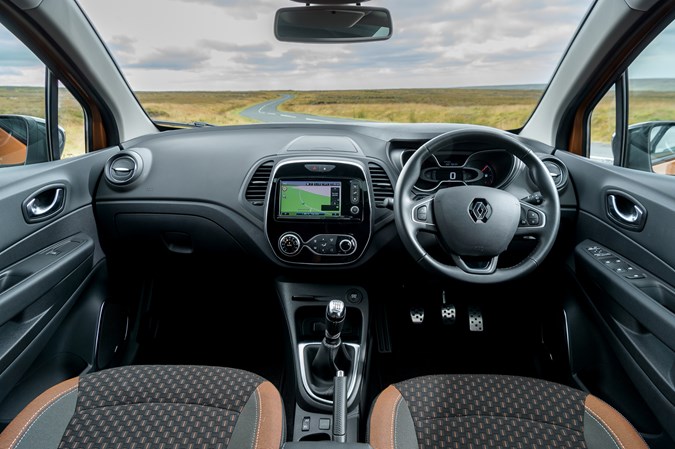
Comfort
- Adjustable driving position
- Cushiony ride on broken roads
- Seats could be comfier, though
The steering wheel adjusts for both height and reach, while the driver’s seat has 70mm of height-adjustment to help accommodate drivers of differing statures. The Captur’s ride is very good – it soaks up speed bumps and potholes with aplomb, but retains a good level of body control at all times. There’s also a refreshing lack of body roll in the corners, so occupants won’t feel seasick on twisty roads.
There’s a bit of wind-noise at dual-carriageway speeds, but no more than most cars of a similar shape and overall Renault Captur comfort levels compare well with rivals. The seats are a little on the firm side, and although they’re comfy enough for short journeys you might find them a little more wearying over longer motorway jaunts.


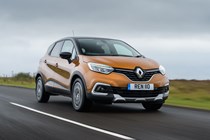
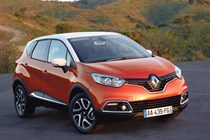
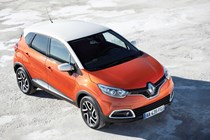
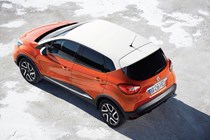
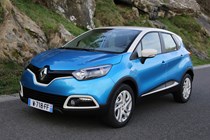
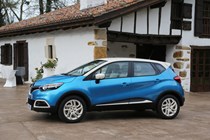



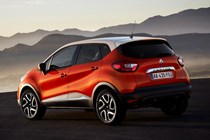
.jpg)
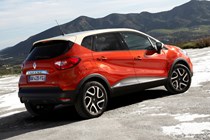
.jpg)
.jpg)
.jpg)
.jpg)
.jpg)
.jpg)
.jpg)
.jpg)
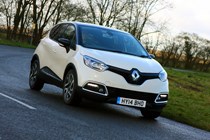
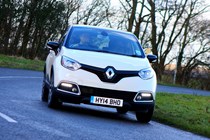
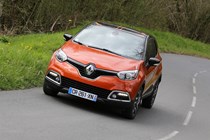
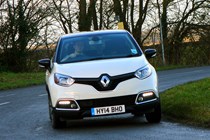
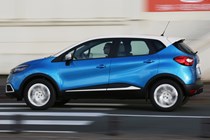


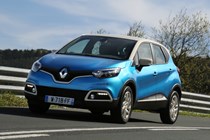
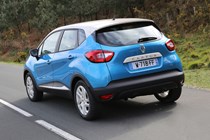
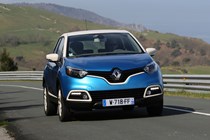

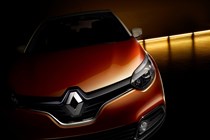

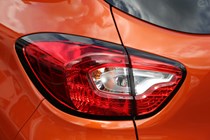
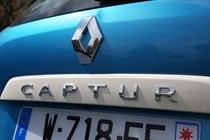
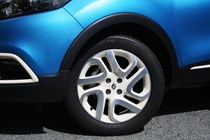
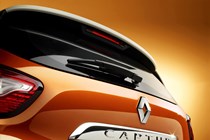
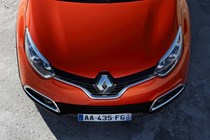
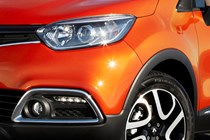
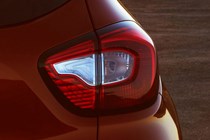

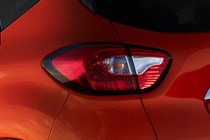
.jpg)
.jpg)
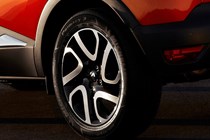
.jpg)
.jpg)
.jpg)
.jpg)
.jpg)
.jpg)
.jpg)
.jpg)
.jpg)
.jpg)
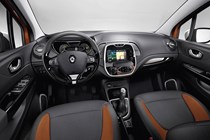




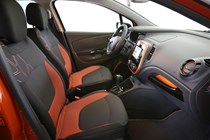
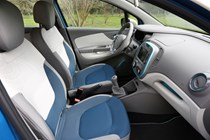
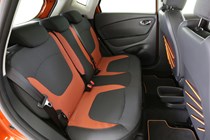
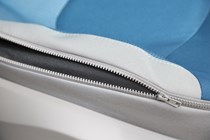
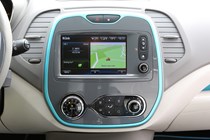
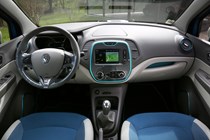
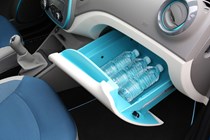
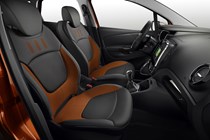
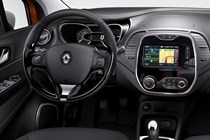
.jpg)
.jpg)
.jpg)
.jpg)
.jpg)
.jpg)
.jpg)
.jpg)
.jpg)
.jpg)
.jpg)
.jpg)
.jpg)
.jpg)
.jpg)
.jpg)
.jpg)
.jpg)
.jpg)
.jpg)
.jpg)
.jpg)
.jpg)
.jpg)
.jpg)
.jpg)
.jpg)


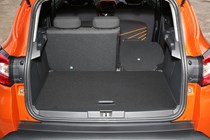
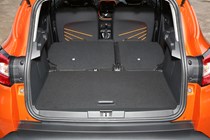
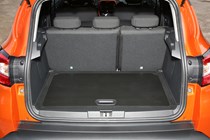
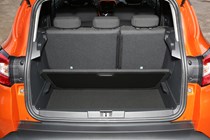

.jpg)
.jpg)
.jpg)
.jpg)
.jpg)
.jpg)
.jpg)
.jpg)












.jpg?quality=50)

.jpg?quality=50)
.jpg?quality=50)
.jpg?quality=50)
.jpg?quality=50)
.jpg?quality=50)
.jpg?quality=50)
.jpg?quality=50)
.jpg?quality=50)






















.jpg?quality=50)
.jpg?quality=50)

.jpg?quality=50)
.jpg?quality=50)
.jpg?quality=50)
.jpg?quality=50)
.jpg?quality=50)
.jpg?quality=50)
.jpg?quality=50)
.jpg?quality=50)
.jpg?quality=50)
.jpg?quality=50)














.jpg?quality=50)
.jpg?quality=50)
.jpg?quality=50)
.jpg?quality=50)
.jpg?quality=50)
.jpg?quality=50)
.jpg?quality=50)
.jpg?quality=50)
.jpg?quality=50)
.jpg?quality=50)
.jpg?quality=50)
.jpg?quality=50)
.jpg?quality=50)
.jpg?quality=50)
.jpg?quality=50)
.jpg?quality=50)
.jpg?quality=50)
.jpg?quality=50)
.jpg?quality=50)
.jpg?quality=50)
.jpg?quality=50)
.jpg?quality=50)
.jpg?quality=50)
.jpg?quality=50)
.jpg?quality=50)
.jpg?quality=50)
.jpg?quality=50)







.jpg?quality=50)
.jpg?quality=50)
.jpg?quality=50)
.jpg?quality=50)
.jpg?quality=50)
.jpg?quality=50)
.jpg?quality=50)
.jpg?quality=50)